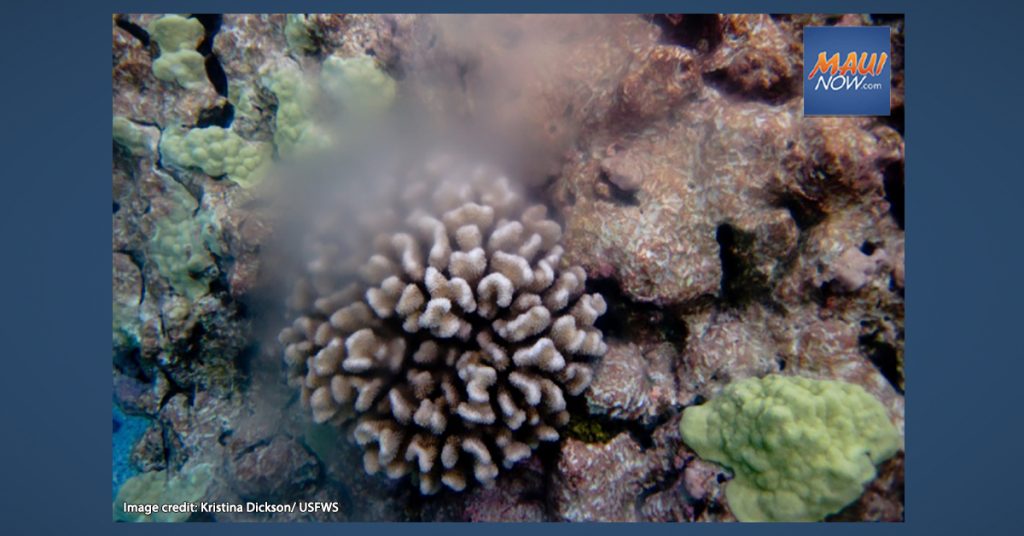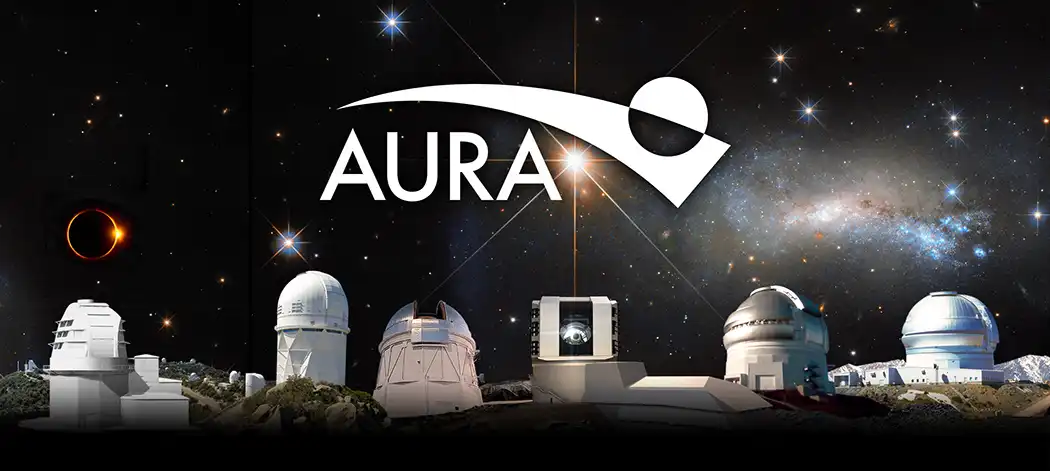Coral Spawning Prompts Temporary Closures at Waialea Bay on Hawai‘i Island

Coral spawning at Hawaiʻi Island’s Waialea Bay Marine Life Conservation District, will prompt two half-day closures of the area on May 28 and 29.
The beach at Waialea, known locally as “Beach 69” and the 35-acre bay is one of 11 MLCDs in Hawai‘i, which state officials say “enjoy the highest level of protection for their invaluable marine resources.”
The half-day closures at Waialea come on the heels of this month’s closures at Hawai‘i County’s Kahalu‘u Bay. During that spawning period, observers saw evidence of natural reproduction of cauliflower coral.
Christopher Teague, an aquatic biologist with the DLNR Division of Aquatic Resources, said, “The absence of swimmers and snorkelers in the water during spawning will help best ensure successful reproduction.”
In advance of the spawning events at Kahalu‘u, Cindi Punihaole, the director of the Kahalu‘u Bay Education Center explained, “During these spawning events, corals emit reproductive materials known as gametes into the water column, which are carried by the tides to mix and generate planktonic coral larvae. When given the chance to settle undisturbed, the gametes have a greater chance of settling and growing in the bay.”
Lower numbers of people in MLCDs, like Waialea, due to the COVID-19 pandemic and greater awareness about the impacts of sunscreens on aquatic life, have enhanced the growth and recovery of coral life in West Hawai‘i.
Corals spawn during specific moon cycles in the spring. Brian Neilson, DAR Administrator said, “We want to give corals every chance possible to reproduce. Cauliflower coral, in particular, were hammered in both 2015 and 2019 by elevated ocean temperatures which led to mass bleaching events. This, along with all the other environmental stressors reef systems across the state currently face, makes it imperative that we all put up with a bit of inconvenience during spawning.”
Waialea Bay will reopen at noon this Friday and Saturday, but biologists are hoping people will delay their ocean activities for another day or so, as it can take up to 24-hours for corals to successfully reproduce and up to a week or more for new larvae to settle back onto the reef.









